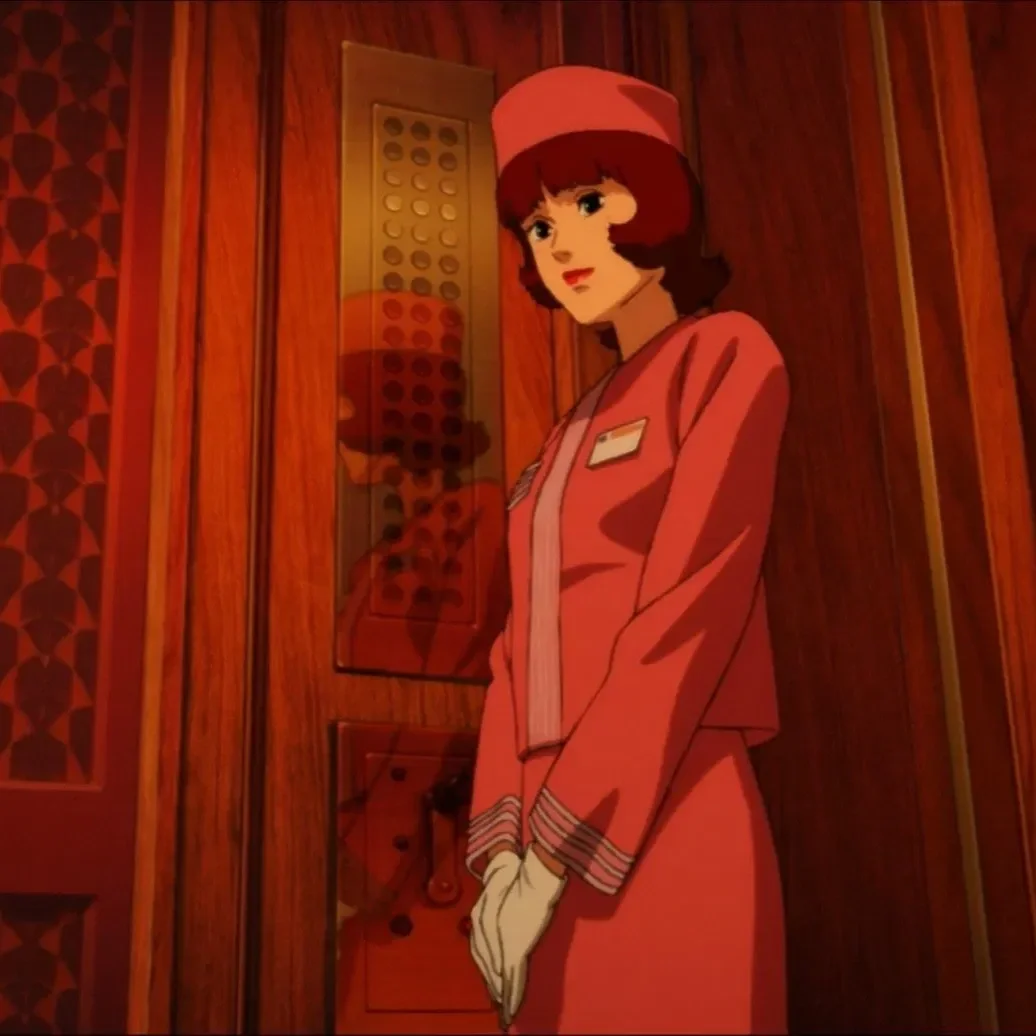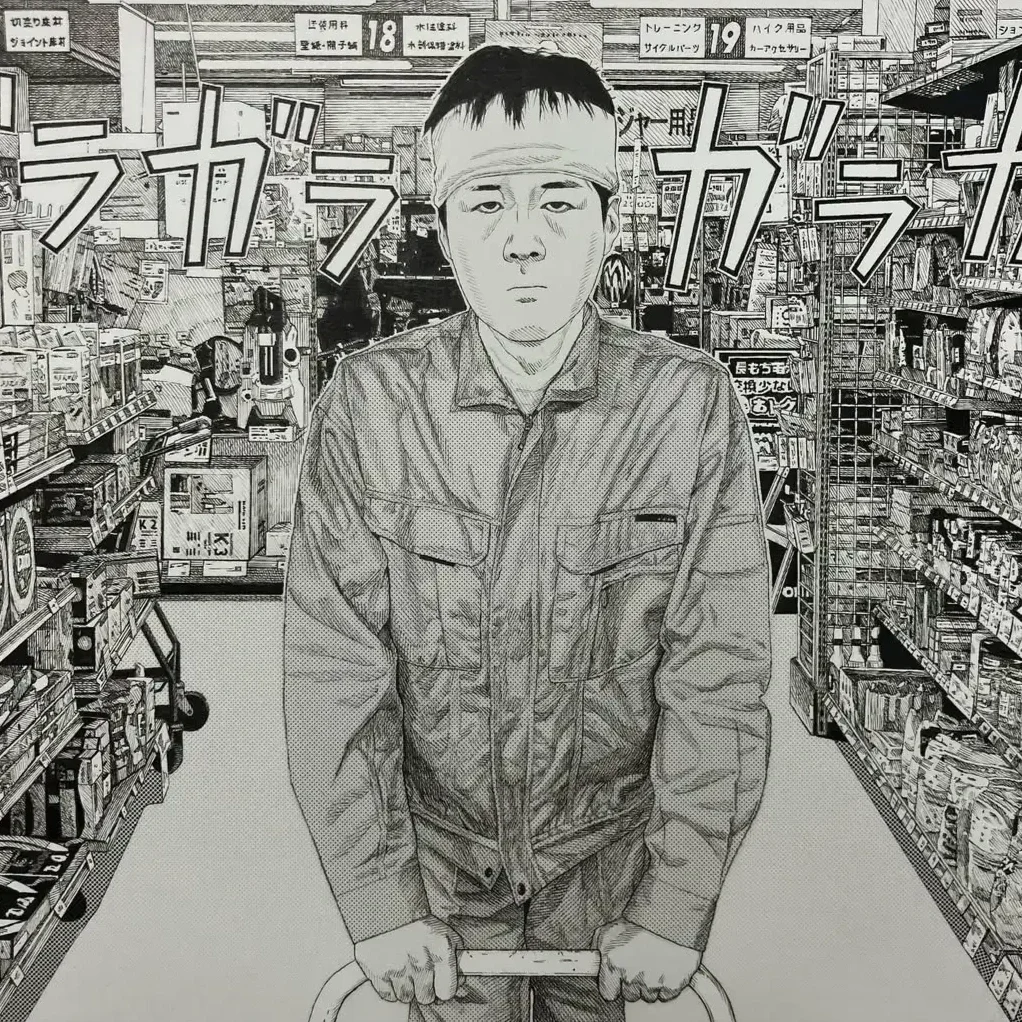KIDILL and Seppuku Pistols - Japan’s Gone Mad, and that’s the Point
© Ko Tsuchiya
Autumn/Winter 2025–26, Paris Fashion Week. As the thundering roar of taiko drums erupted through the venue, a wild procession burst onto the runway—Seppuku Pistols had arrived. Dressed in traditional Japanese garb and marching with fearless intensity, they blurred the lines between fashion and music, tradition and rebellion, spectacle and ritual. With no seating, the show unfolded in a standing-room-only space where the boundary between performer and audience vanished. The entire room pulsed with rhythm, transforming into a living festival.
This was not a typical “fashion meets music” collaboration. What KIDILL’s Hiroaki Sueyasu and Seppuku Pistols’ leader Iida had orchestrated was a cultural confrontation—a visceral clash of tradition and anarchy that unearthed the raw soul of Japanese identity.
Their story begins before the name “KIDILL” even existed. Back in Sueyasu’s early days as “HIRO,” Iida had supported him behind the scenes. Their first official collaboration came in 2020—an audience-less livestream show in Shibuya, just before the pandemic shut down the city. They reconnected in 2024, when Iida held an exhibition on shunga. “‘Let’s do something again,’ Hiro said. Then he goes, ‘How about Paris next year?’ and I was like, ‘Hell yeah, of course.’”
Seppuku Pistols, a fluid collective of 27–28 members spread across Japan, responded to the call. Thirteen of them made the trip to Paris, traveling under their own initiative, embodying their DIY spirit: Whoever can come, comes.
KIDILL - Dressing the Wounds of the Soul
Founded in 2014, KIDILL has been lauded for its punk-infused, collage-like garments that draw heavily from youth subcultures. But for Sueyasu, fashion isn’t about trends—it’s about Compulsion. “Fashion is just a continuation of my hobby,” he explains. “The only thing that matters is whether I can burn my soul through it.”
His roots lie in Harajuku during the '90s and early 2000s—a time of wild freedom. Teenagers sold clothes on the streets, designed without formal training, and believed in their kind of style. There were no rules, no luxury—just experimentation and urgency. “Back then, luxury brands were something only rich ladies wore. Before everything became so polished and predictable—everything felt new.” Sueyasu shares. KIDILL isn’t about nostalgia, but transmission: reviving that raw energy and updating it for today. In this context, inviting Seppuku Pistols into the show wasn’t a stunt. It made perfect sense.



Anarchy Is Not for Destruction
The underlying theme of this collection was anarchism—but not the destructive kind. Rather, it was about embracing chaos as the only path toward creative evolution. “If we’re going to better our own future, then we have to embrace anarchy,” said Sueyasu. “Hope only grows in chaos.”
Seppuku Pistols were a natural fit. They aren’t out to destroy tradition—they resurrect the forgotten, erased, or cast-off elements of Japanese culture. Their essence lies in this: recover, reframe, and re-ignite. “After the Meiji period, tradition in Japan was dictated by elite authorities—rigid, sterile, and disconnected from youth,” Iida said. “We’re just trying to make tradition wild and fun again.”
Carrying their instruments on their backs, blasting ancient rhythms through a Parisian venue, they weren’t recreating the past—they were embodying Japan as it is now.
The Paris show took place with no runway, no assigned seats—just bodies and noise, fusing audience with performers. It wasn’t fashion. It was celebration. “If we put in seats, it creates distance. I wanted it to feel like a live house—intimate and electric.” Three days after the show, Dover Street Market Paris staff bought tickets to see Seppuku Pistols live again. “We just had to see them one more time,” they said.
“We’re no longer asking, ‘Is this punk enough?’” explains lida, “We carry our own ruler now. We’re not asking for approval—we’re here to show them what we have.”
Authenticity Is a Ruler Only You Can Hold
Authenticity is a buzzword in Japanese culture these days—but both Sueyasu and Iida cut straight to the core. “It’s not about whether it sells,” Sueyasu said. “It’s whether it moves people. Whether your soul is on fire.” Iida added, “Back then, we tried hard to imitate ‘real punk’ from the West. But now we say: This is our interpretation. We don’t know if we’re ‘authentic,’ but we do know we’ve built our own measure. And that’s what matters.”
By trusting in their heat—not outside validation—they created something that wasn’t just a show, but a cultural strike. Iida doesn’t romanticize “protecting” tradition, since that’s how culture would dissolve. Evolution is the only way for it to live. “Taiko isn’t meant to be played sitting stiffly on a stage. It was always chaotic, participatory—explosive. We wanted to bring back that version of Japan.”
Fashion, music, art, performance—these aren’t separate domains anymore. What Sueyasu and Iida did was ideological. What are you angry about? What moves you? What do you want to inject into the world? Their answer rang through that night in Paris—through drums, through garments, through bodies in motion. What they offered wasn’t “Japan” as defined by the past, but Japan undefined—a raw, unnameable authenticity.
“Japan’s Gone Mad” — And the World Needs It
Messy. Chaotic. Unpolished. That’s the beauty. The true allure of Japan lies not in precision, but in impulse. What KIDILL and Seppuku Pistols showed was Japan with its hair down. Rough around the edges, but burning with intent. They showed that madness is a virtue. That beyond the noise and rupture lies something urgent and unforgettable. Because only in that chaos can new culture be born.
Japan’s gone mad—and that’s exactly what makes it original.
© Ko Tsuchiya








An emotional blueprint evolved into wearable architecture.